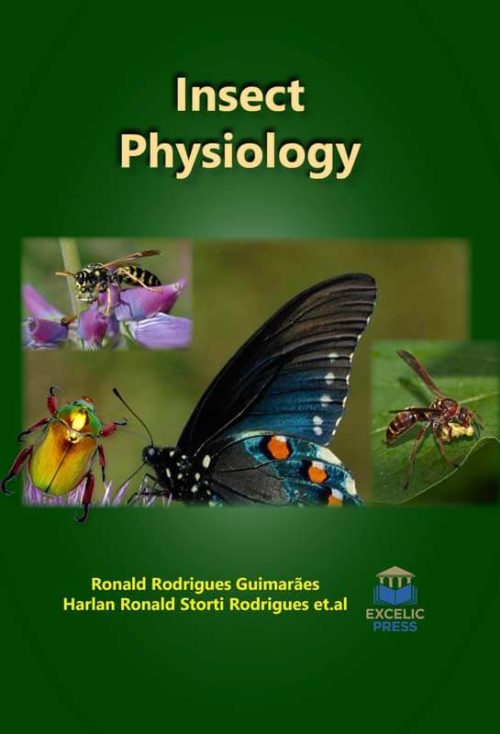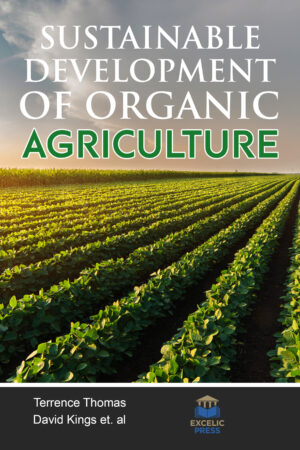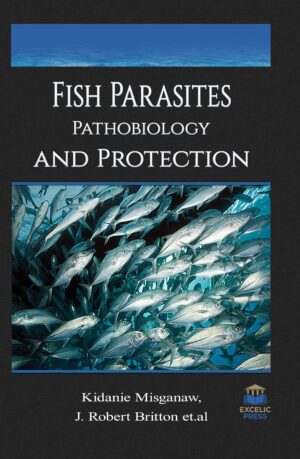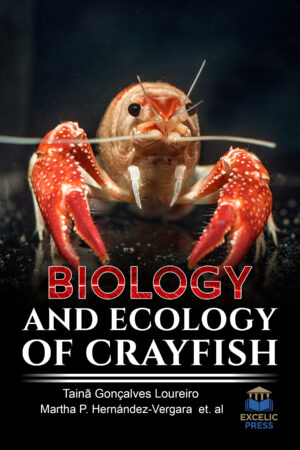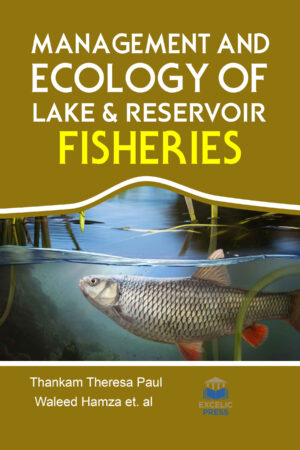Description
Insects are amazingly varied and provide a variety of solutions to everyday problems as well as many negative characteristics and influence human life. Beneficial insects are socially important insects, and insects that we know nothing about are the focus of entomology on the whole. The most significant change of outlook among entomological workers to-day is the increasing appreciation of the importance of the physiological aspects of their subject. These same aspects are also depicting an increasing number of young zoologists in their search for problems upon which to expend their energies. Most major insect pests in agriculture are non?native species that have been introduced into a new ecosystem, usually without their natural biological control agents. Insects have evolved unique features in the animal world that are a surprise to experts in biomechanics and bioengineering because many are recent inventions of humans.
This book covers the cutting edge and comprehensive information on all aspects of insect physiology. The book opens with a study that covers state of the art information on taxonomy, morphological data, distribution, and bionomy on most recorded species of tabanids in South America. Insects share advanced interactions with mites and fungi that vary from obligate Mutualism to antagonistic relationships. These Multitronic interactions typically end in changes to the host surroundings and population dynamics of the insect. In this book, we provide a detailed review of specific beetle-fungal and mite-fungal associations, mutualistic and antagonistic effects of these fungal relations, and ecological and evolutionary consequences of beetle-fungal-mite relationships within the host complex.
The book next highlights temperature-dependent growth and mortality of Agrotis segetum. The Turnip Lepidopteran (Agrotis segetum Schiff. is Associate in Nursing agricultural insect persecutor that for quite a hundred years have attracted attention in North Western (NW) Europe due to outbreaks inbound years of devastating densities of its larvae and cutworms, inflicting severe losses in root crops.
It follows with reproductive senescence in drones of the honey bee (Apis mellifera), larval pollen stress increases adult susceptibility to clothianidin in honey bees and biology and management of weevil borers in tropical fruit crops. Multicellular organisms constantly encounter potentially harmful microorganisms. Although insects lack associate degree accommodating system, they are doing have powerful suggests that of fighting infections. This book describes the innate immunity of insects including both the cellular and humoral responses to bacteria, fungi, and parasites. In addition, recent advances in insect antivirus immune responses are discussed. This book will appeal to invertebrate physiologists, entomologists, neurobiologists, zoologists, and insect chemists.

